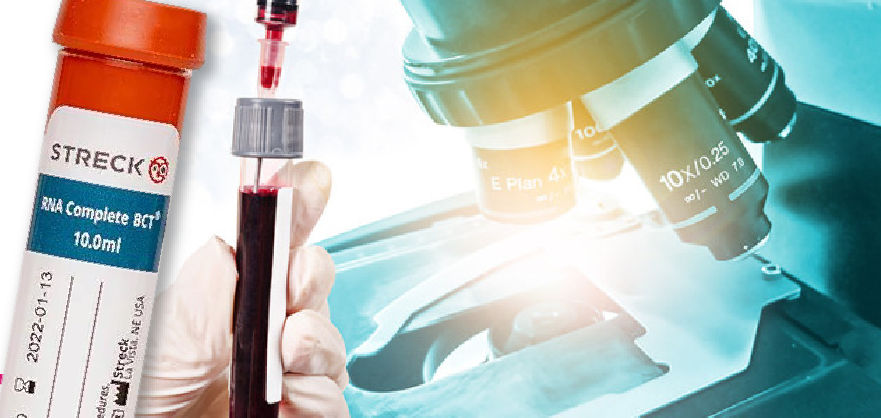Non-small cell lung cancer (NSCLC) has the largest number of identified therapeutic targets, some of which have therapeutic utility.
The use of next-generation sequencing facilitates accurate molecular diagnosis and allows the detection of other emerging mutations, such as the HER2 mutation and biomarkers predictive of response to immunotherapy.
In this consensus, a group of experts in the diagnosis and treatment of NSCLC selected by the Spanish Society of Anatomic Pathology and the Spanish Society of Medical Oncology have evaluated the information currently available and propose a series of recommendations to optimize the detection and use of biomarkers in daily clinical practice.
1. Mutations in EGFR, BRAF, KRAS and MET, ALK, ROS1, RET and NTRK translocations and PD-L1 expression should be detected in NSCLC.
2. Other emerging biomarkers such as HER2 mutation and immunological biomarkers such as TMB, MSI, STK11 and KEAP1 are recommended especially if NGS is available.
3. Molecular detection can be performed at any stage of NSCLC or in clinically selected patients, and new therapeutic indications may be established that require this information.
4. The availability of NGS greatly facilitates molecular diagnosis in an accurate and efficient manner, and its use should become widespread immediately.
5. Liquid biopsy has an increasingly important role in molecular diagnostics, especially if tissue is limited, and its role in treatment monitoring is also promising.


